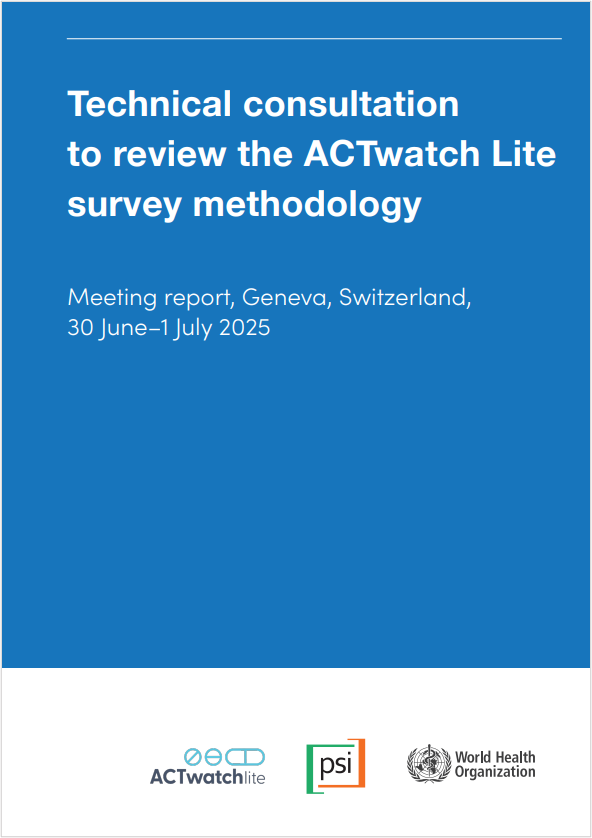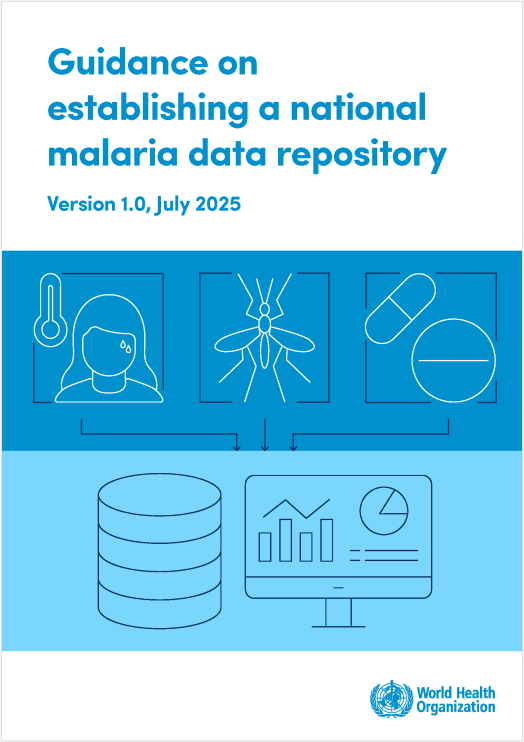Last Updated: 28/01/2025
Investigation of antimalarial activity and molecular targets of natural compounds identified by chemoinformatics and genetic analysis of Plasmodium falciparum parasites
Objectives
*Original in Portuguese: Investigação da atividade antimalárica e alvos moleculares de compostos naturais identificados por quimioinformática e análise genética de parasitas Plasmodium falciparum
Considering the transmission blocking activity observed with 4-aminoquinoline (LDT-623), the objective of this BEPE Proposal is to investigate the molecular targets of P. falciparum involved in the activity of LDT-623.
With approximately 229 million cases and over 400,000 deaths reported in 2019, malaria still imposes a heavy burden on developing countries. One of the biggest challenges in fighting malaria is the selection and expansion of parasite strains resistant to available antimalarials, which has been reported even for frontline treatments such as artemisinin-based combination therapies (ACTs). Thus, this scenario of rapid emergence of drug-resistant strains of parasites requires the urgent development of new antimalarials combined with the understanding of their modes of action. Strategies such as in vitro evolution and genomics analysis (IVIEWGA) and P. falciparum genetic crosses in a humanized mouse model have been applied to explore genomic alterations involved in genome-coded potential drug targets and genetically map genes associated with resistance, respectively. Given the lengthy process of drug discovery, machine learning models weer used to predict the antimalarial activity of molecules in a commercial library based on natural compounds using quantitative structure-activity relationships (QSAR). A 4-aminoquinoline (LDT-623) has successfully been identified that shows strong antimalarial activity against chloroquine-sensitive (3D7) and multidrug-resistant (Dd2) strains of P. falciparum in vitro (EC50: 23 and 37 nM, respectively), at the same time which also shows considerable selectivity for the parasite compared to treatment of COS-7 and HepG2 cells (selectivity index: 21.3 and 54.8, respectively). LDT-623 shares several characteristics with chloroquine: both are fast-acting compounds in vitro and inhibit ²-hematin formation. However, an in vitro transmission blocking assay was performed in a model of P. berghei and found a critical difference between LDT-623 and other established 4-aminoquinolines: unexpectedly, activity of LDT-623 was observed against sexual stages of the parasite. Furthermore, the project sought to explore the combination of LDT-623 with a known gametocidal molecule, methylene blue, and found synergy between them in the blood stages of P. falciparum. The dual activity observed for LDT-623 – inhibition of asexual and ookinete blood stages – is not widely reported for 4-aminoquinolines. For these reasons, the belief is that LDT-623 shares a non-exclusive mode of action to that observed for other 4-aminoquinolines. It is believed that the proposed assays have the potential to reveal new information about these targets, as well as inform future investigations into the antimalarial activity of this dual-activity 4-aminoquinoline derivative.
Mar 2022 — Mar 2023


